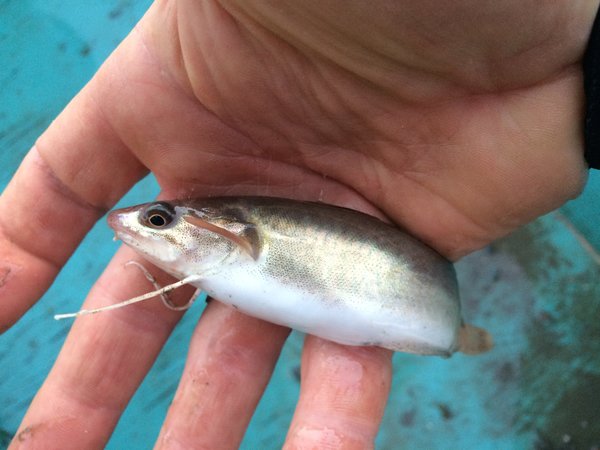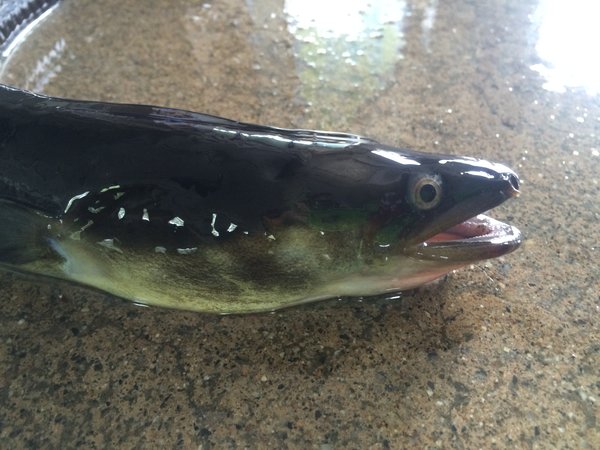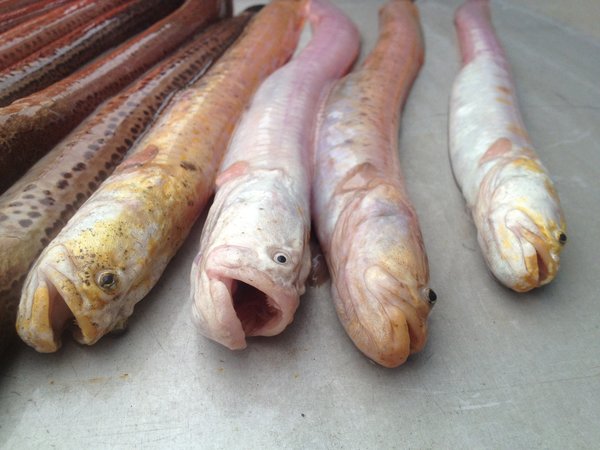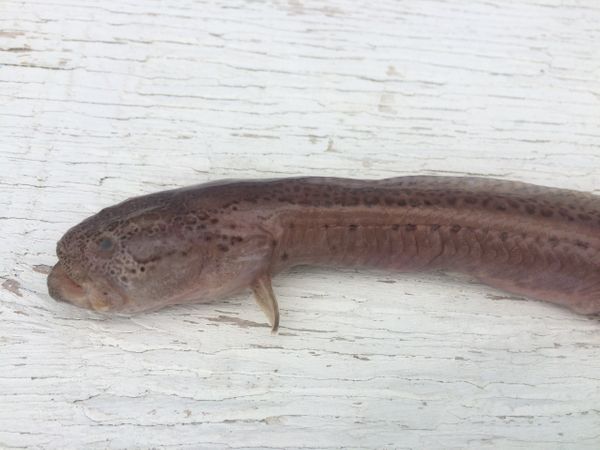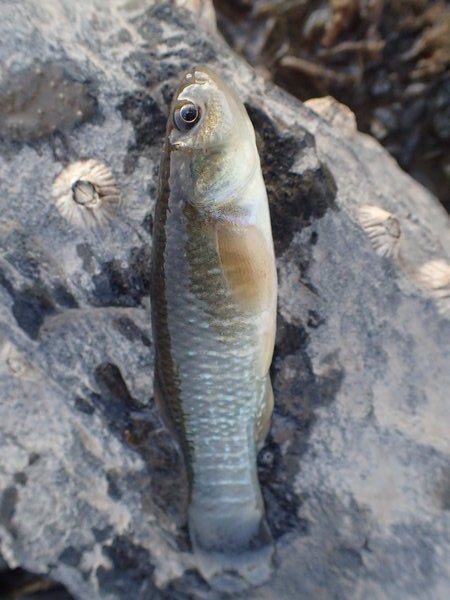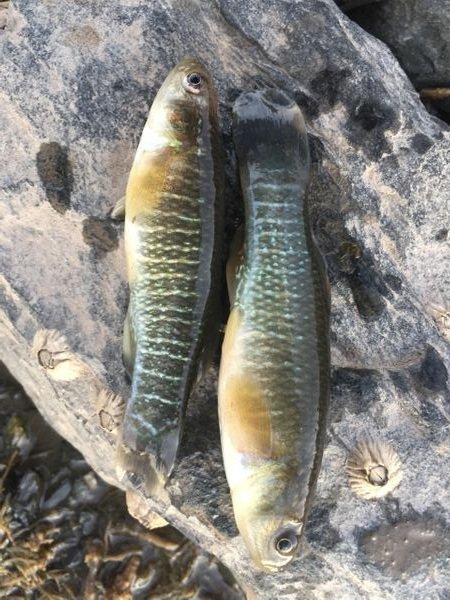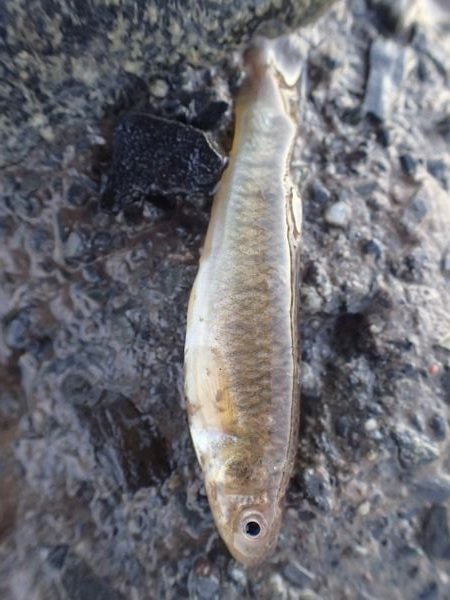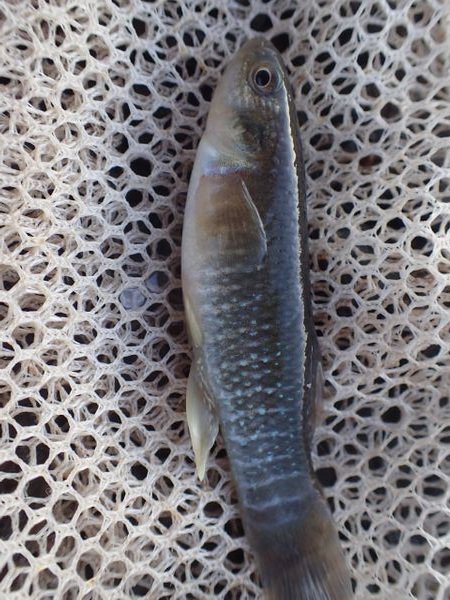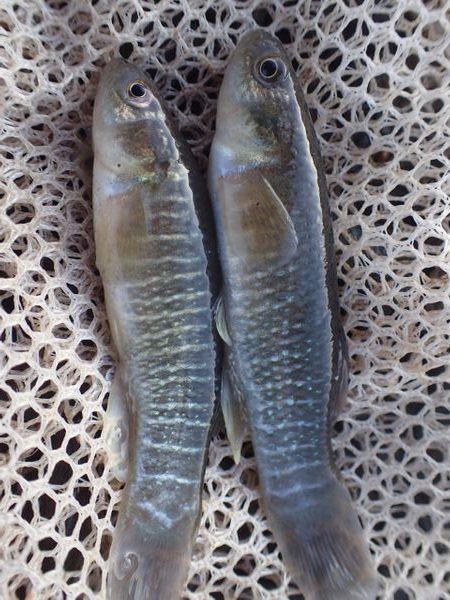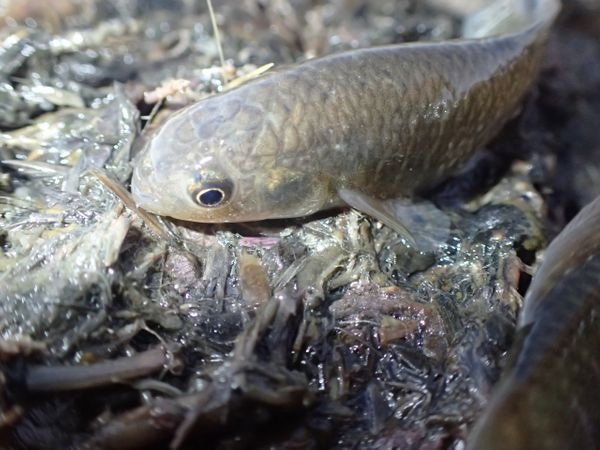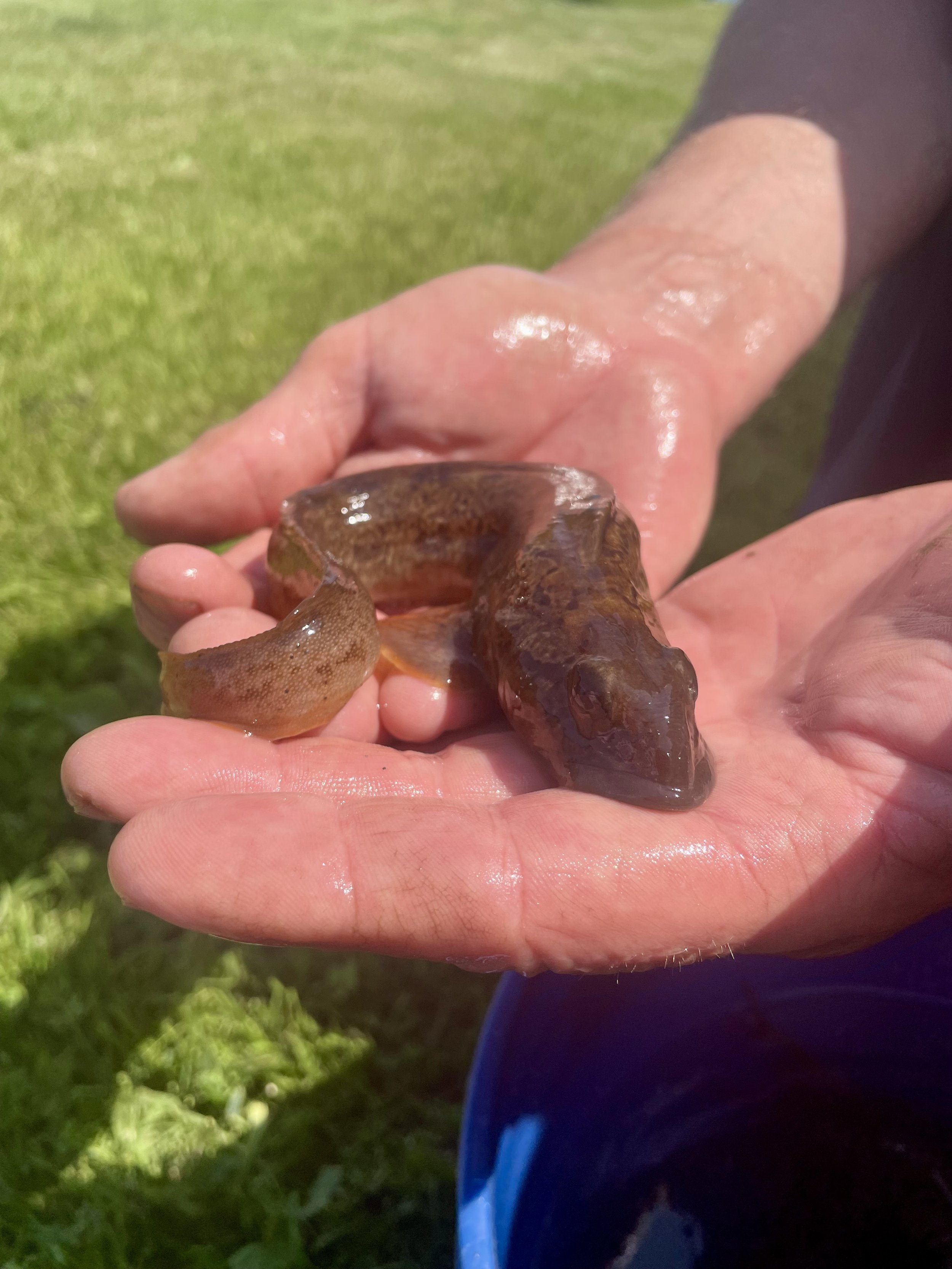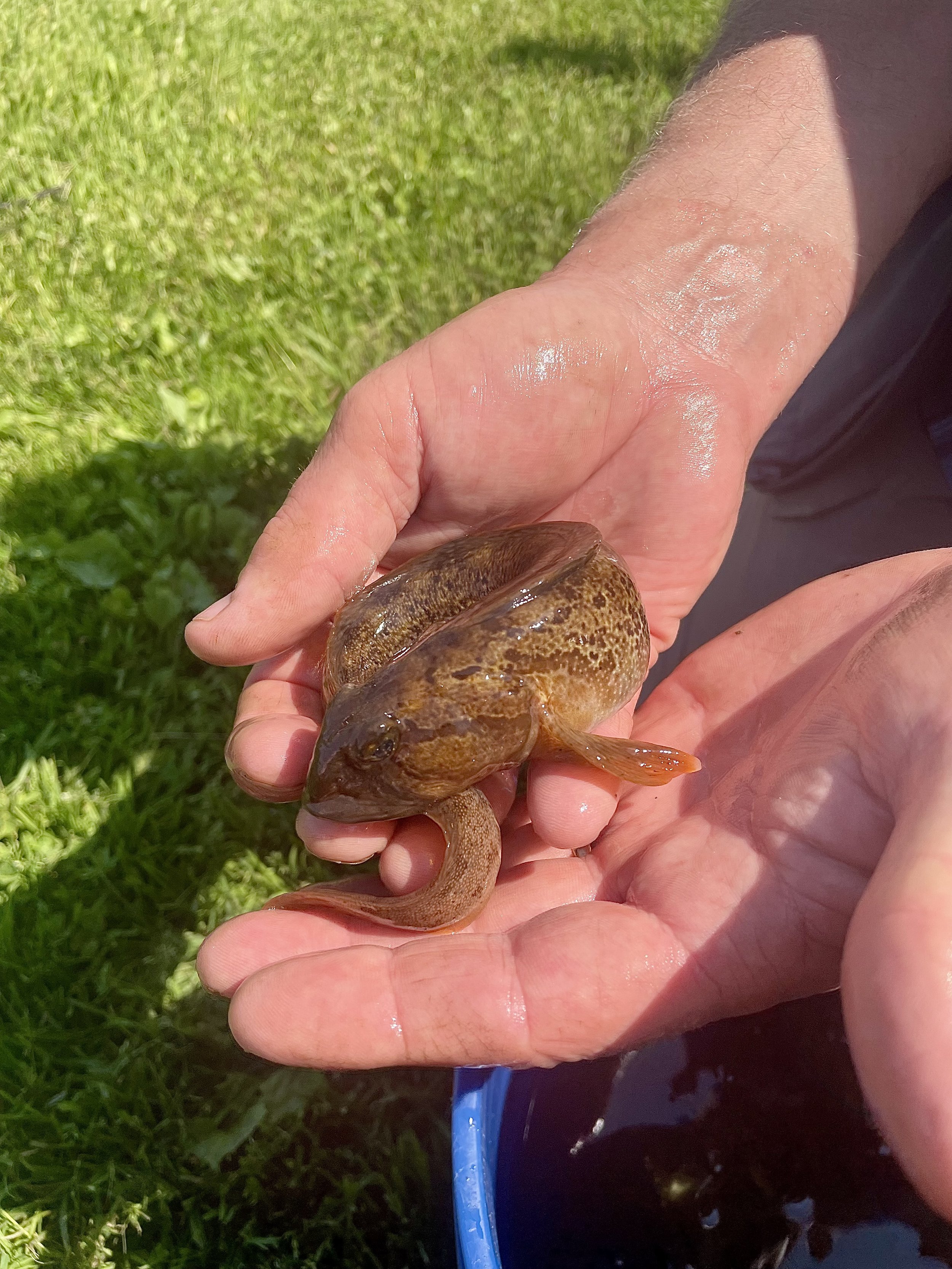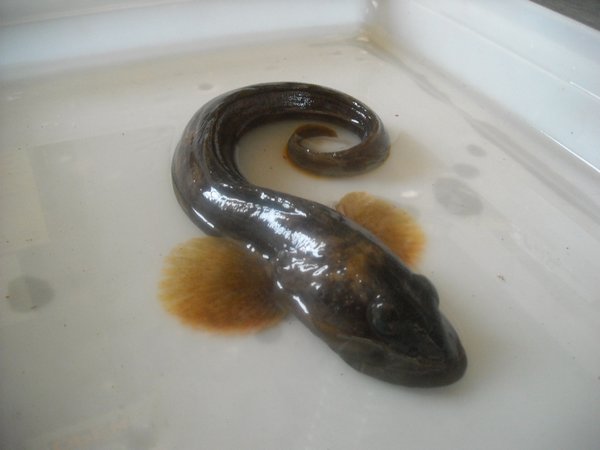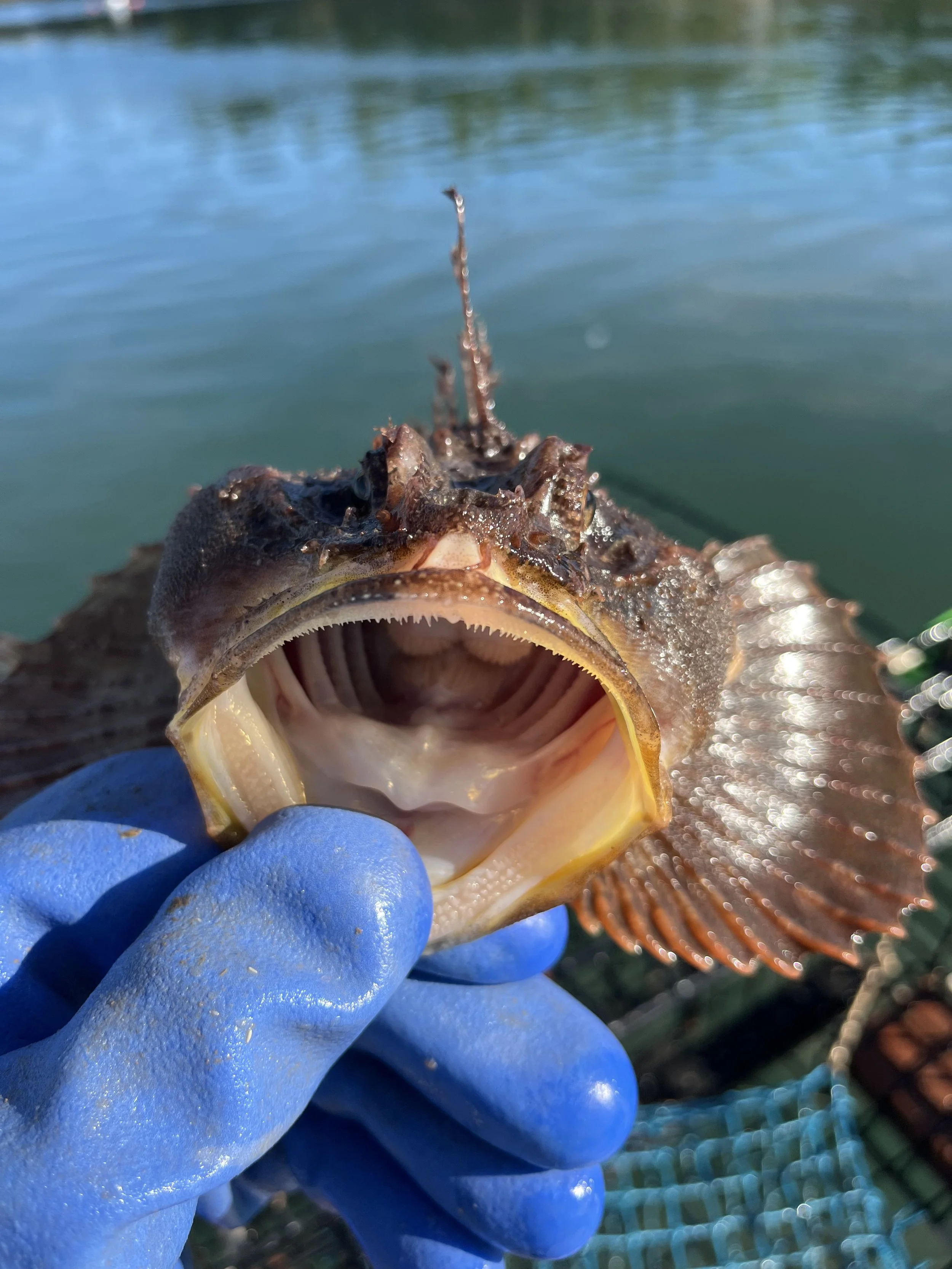 Image 1 of 5
Image 1 of 5

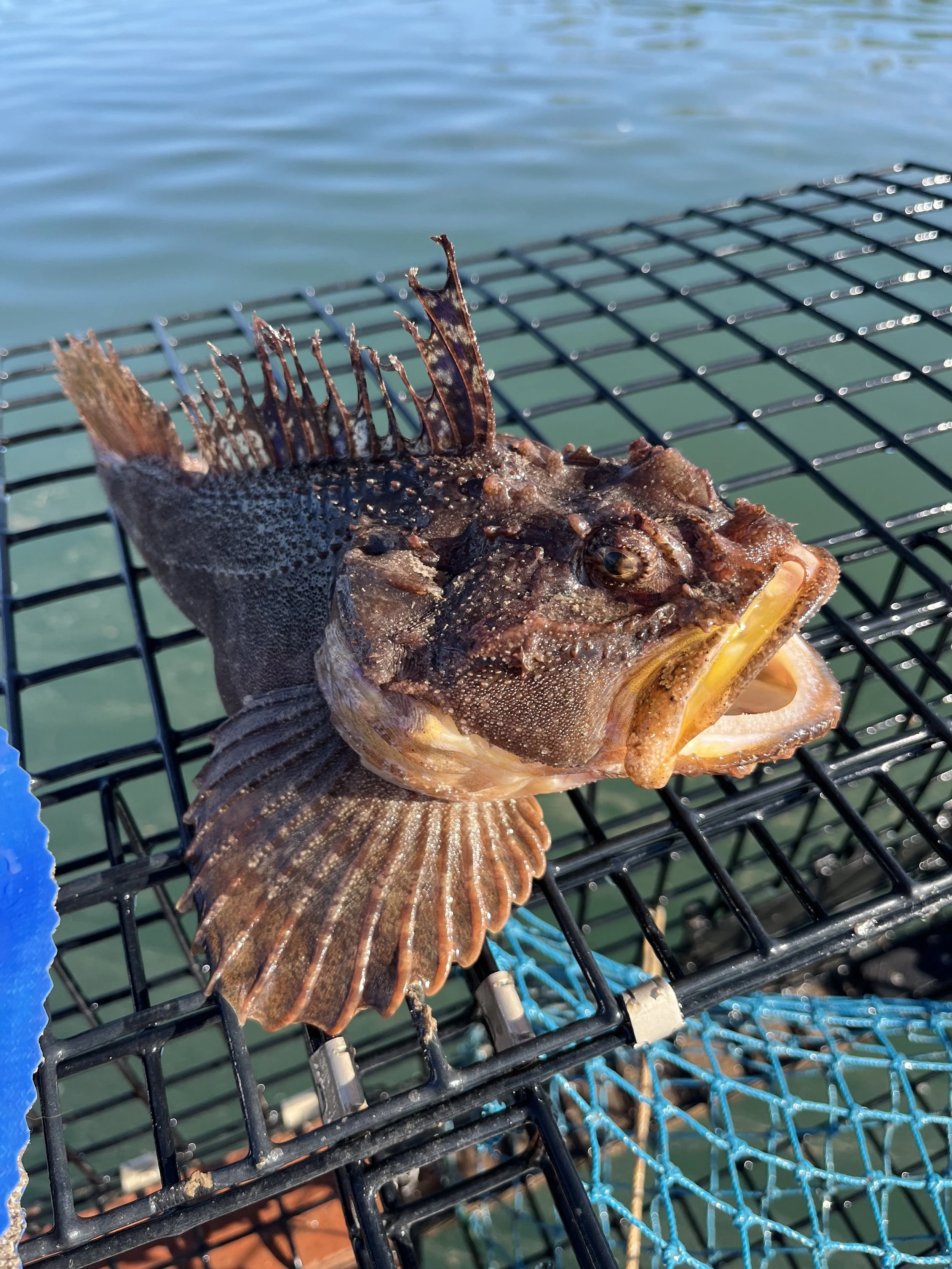 Image 2 of 5
Image 2 of 5

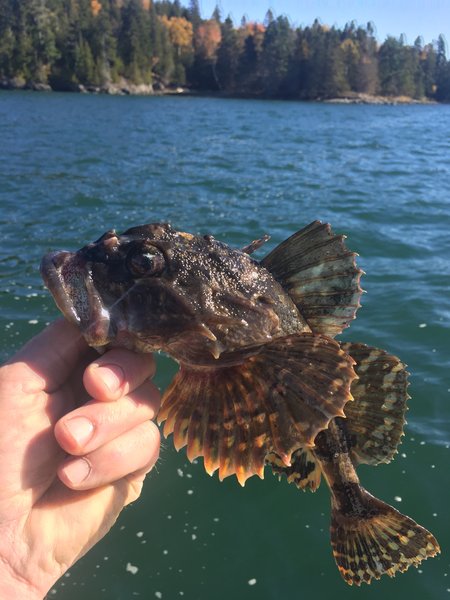 Image 3 of 5
Image 3 of 5

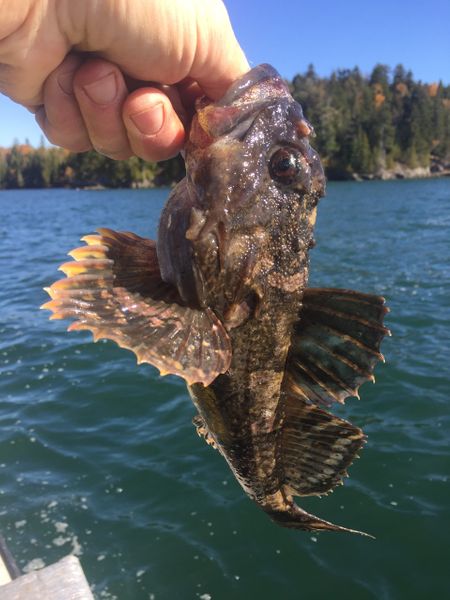 Image 4 of 5
Image 4 of 5

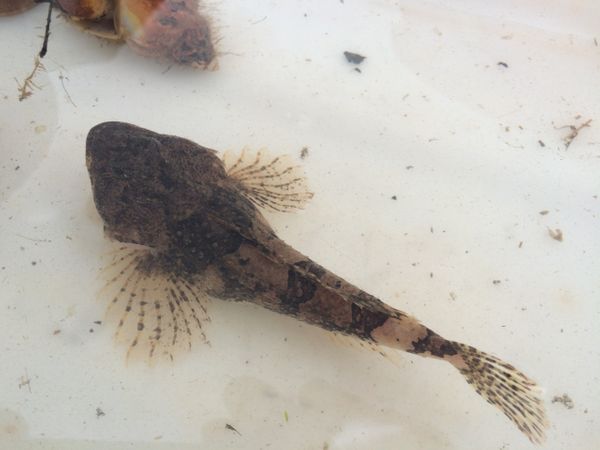 Image 5 of 5
Image 5 of 5






Sculpin (Myoxocephalus spp.)
Live Sculpin (Myoxocephalus spp.)
Please Note This Is A Live Science Specimen
The Sculpin (Myoxocephalus spp.) — also known as Toad Fish, Hornpout, or Horndog — is a bottom-dwelling fish commonly found throughout the inshore and offshore waters of the Gulf of Maine. These hardy fish are easily recognized by their broad, spiny heads and camouflaged, mottled coloration that helps them blend seamlessly into rocky and sandy seafloors. Sculpins are ambush predators, feeding on small crustaceans, mollusks, and other benthic organisms.
Due to their adaptability and unique morphology, sculpins are a popular choice for marine aquaria, classroom observation, and fish anatomy studies. Their fascinating defensive behavior and ability to survive in varied marine conditions make them an ideal specimen for research and display.
Common name: Sculpin, Toad Fish, Hornpout, Horndog
Scientific name: Myoxocephalus spp.
Locations: Inshore and offshore
Seasonality: Available all year
Colors: Dark olive, yellow-green, green-brown
Size: 10” – 14”
Collected: By fishing line
Quantity: Sold by the each
Uses: Ideal for aquariums, marine biology education, or ichthyology research.
Note: This is a live marine specimen. Natural variations in size, color, and appearance from photos should be expected. If you would like any specimen preserved, please send a request to: info@gulfofme.com.
Live Sculpin (Myoxocephalus spp.)
Please Note This Is A Live Science Specimen
The Sculpin (Myoxocephalus spp.) — also known as Toad Fish, Hornpout, or Horndog — is a bottom-dwelling fish commonly found throughout the inshore and offshore waters of the Gulf of Maine. These hardy fish are easily recognized by their broad, spiny heads and camouflaged, mottled coloration that helps them blend seamlessly into rocky and sandy seafloors. Sculpins are ambush predators, feeding on small crustaceans, mollusks, and other benthic organisms.
Due to their adaptability and unique morphology, sculpins are a popular choice for marine aquaria, classroom observation, and fish anatomy studies. Their fascinating defensive behavior and ability to survive in varied marine conditions make them an ideal specimen for research and display.
Common name: Sculpin, Toad Fish, Hornpout, Horndog
Scientific name: Myoxocephalus spp.
Locations: Inshore and offshore
Seasonality: Available all year
Colors: Dark olive, yellow-green, green-brown
Size: 10” – 14”
Collected: By fishing line
Quantity: Sold by the each
Uses: Ideal for aquariums, marine biology education, or ichthyology research.
Note: This is a live marine specimen. Natural variations in size, color, and appearance from photos should be expected. If you would like any specimen preserved, please send a request to: info@gulfofme.com.
Exploring the features and habits of a Longhorn Sculpin also known as a Toadfish with the Tidepool Tim of Gulf of Maine, Inc. on Cobscook Bay in Eastern Maine
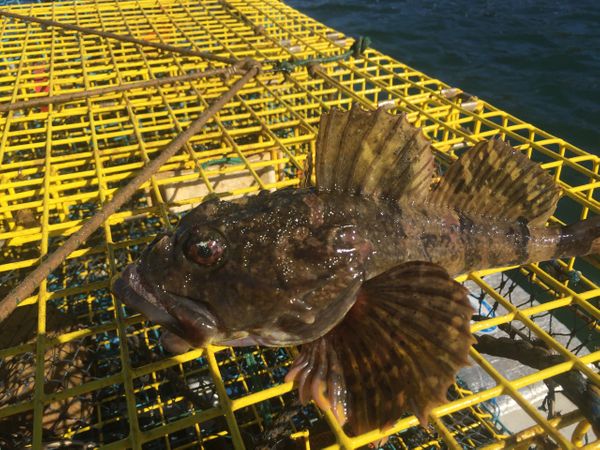
Fresh catch Cobscook Bay sculpin sitting on a lobster trap.
Tidepool Tim says, "Several sculpin species live in the Gulf of Maine, and the longhorn is the most common. They are actually considered a nuisance by fishermen who are after a more desirable catch. They have a powerful apatite and respond to nearly any bait.
Sculpins live in benthic and pelagic water, and they have huge pectoral fins. It seems that the benthic fish use their pectoral fins for their main mode of swimming (rather than body undulation). This is unique because pectoral fin swimmers are usually found in reefs when the fish need to make many tight turns. The primitive swimming mode is undulation, while pectoral swimming is an evolved trait."


